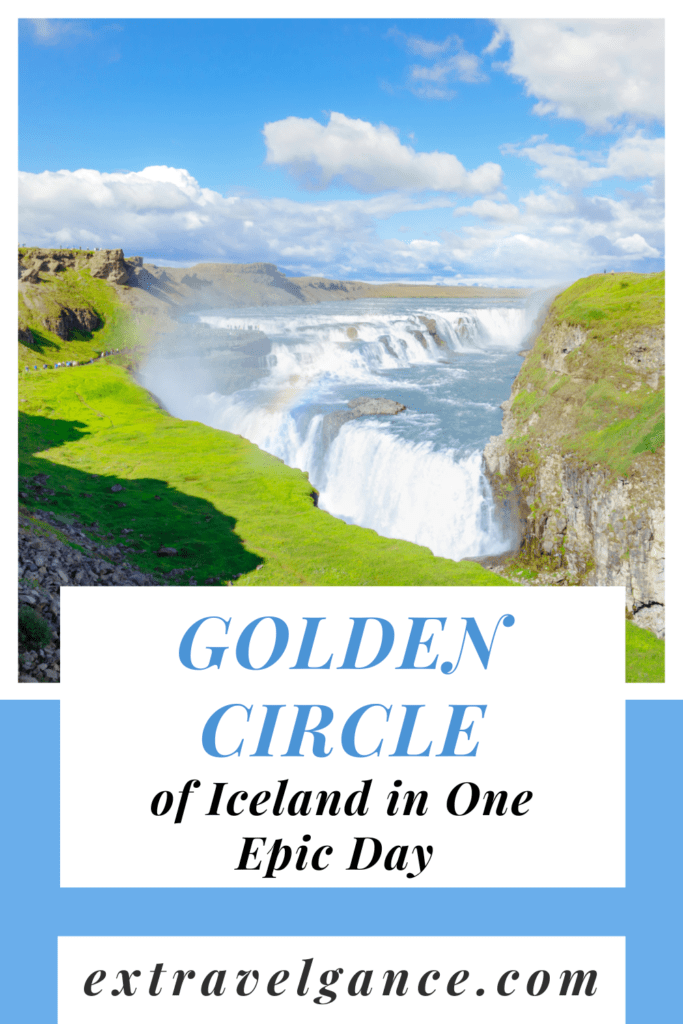
The Golden Circle of Iceland is a stunningly beautiful 190-mile route hitting three of the most iconic locations in the country. If you are into geological wanders, erupting geysers, jaw-dropping waterfalls, and a little history along the way, the the Golden Circle is a must-do when you travel to Iceland.
Just a hop, skip and a jump outside of the Reykjavik, you can easily enjoy the full experience in just one day. Or, you can spread the journey out to take in all the little detours along the route. The Golden Circle is located in Southwest Iceland and consists of Thingvellir National Park, the Haukadalur Geysir Geothermal Area, the Gullfoss Waterfall, and many other great things to see and do.
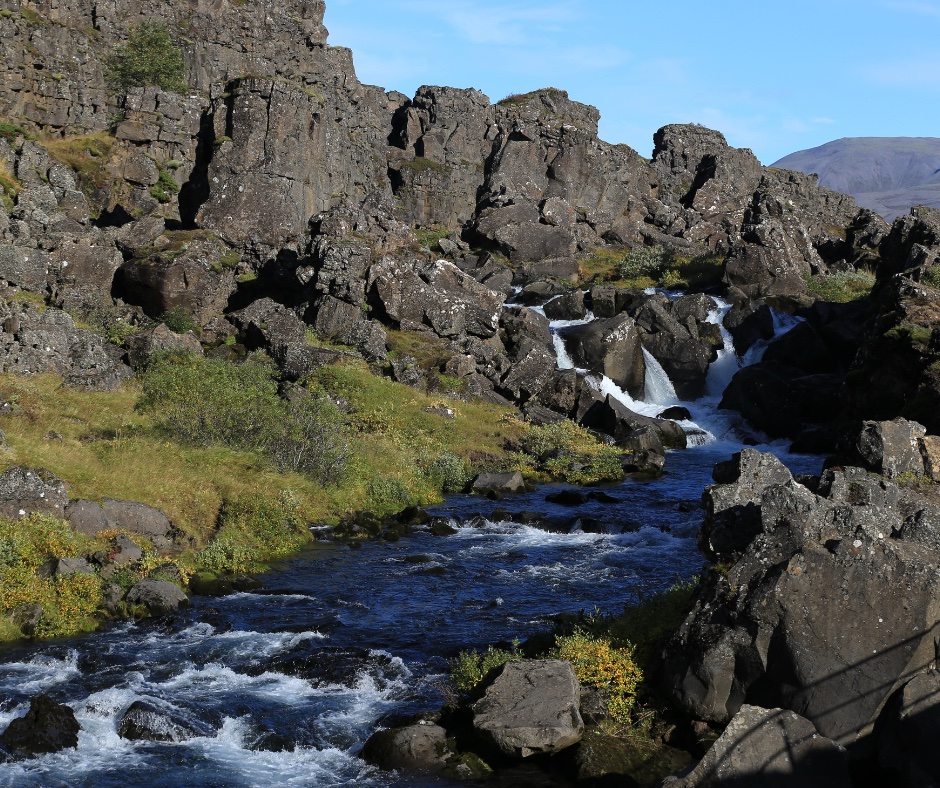
Thingvellir (Pingvellir) National Park
Thingvellir (Pingvellir) National Park is home to the world’s oldest legislative body still in existence. People started settling in Iceland in the 800s. Eventually, the island was filled with about 30 different clans. These clans had their own way of doing things and refused to acknowledge the King of Norway as their ruler. So, in 930, they formed the assembly with one representative from each clan. It continued to meet at Thingvellir (which translates as “the fields of assembly” in Icelandic) until 1798. At that point it moved to the capital city of Reykjavik. As a result of this long history, the Icelandic Althingi (parliament) is the world’s oldest still in existence.
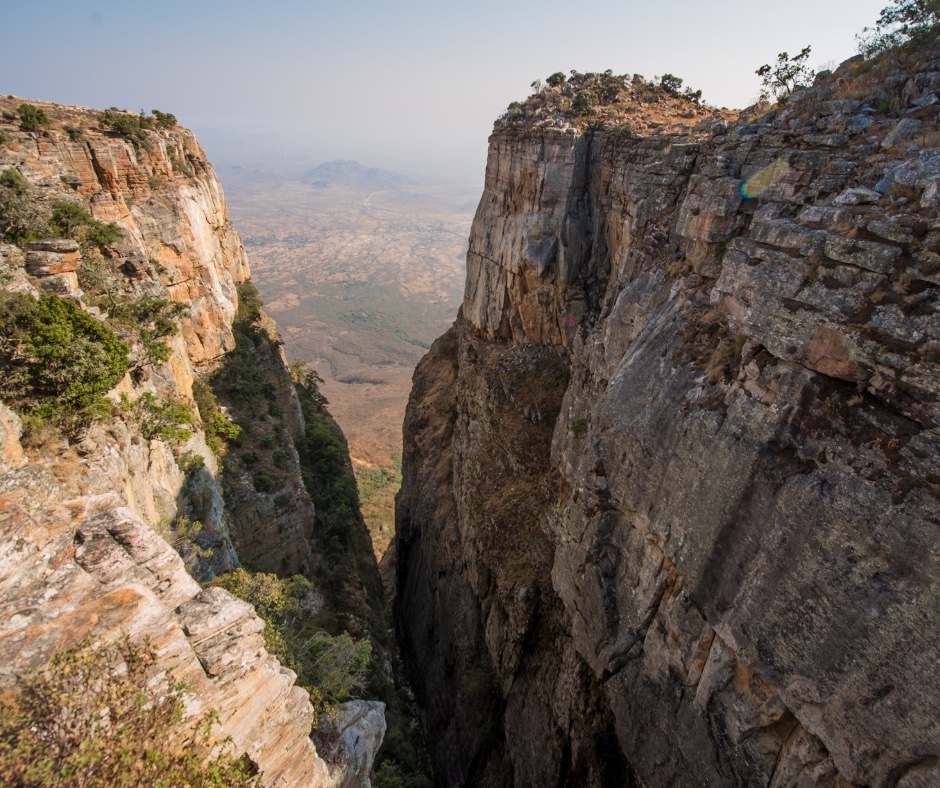
Mid-Atlantic Rift
Thingvellir is full of dramatic cliffs, gorges, and rivers. This is due to its location in the rift valley, between the North American and Eurasian tectonic plates. So, basically part of the island is on the North American tectonic plate and the remainder is on the Eurasian plate. Better yet, Iceland is the only place this Mid-Atlantic Rift is above sea-level. You can literally stand, walk, or swim between the two tectonic plates. When you visit, you should walk alongside each plate or take a stroll between the edge of the North-American plate through Almannagjá Gorge. This gorge may seem familiar to Game of Thrones fans. The hike ends at a nice waterfall called Öxaráfoss.
If you enjoy the water, you can also snorkel or scuba dive the Silfra Fissure. The water in the fissure is some of the cleanest in the world, granting you an unhindered view into the depths. Just a warning – it is ICY COLD year round. Even in summer it stays a constant 35 degrees Fahrenheit!
Also check out Thingvallavatn while at Thingvellir National Park. This beautiful lake located in the south of the park is the largest lake in Iceland.
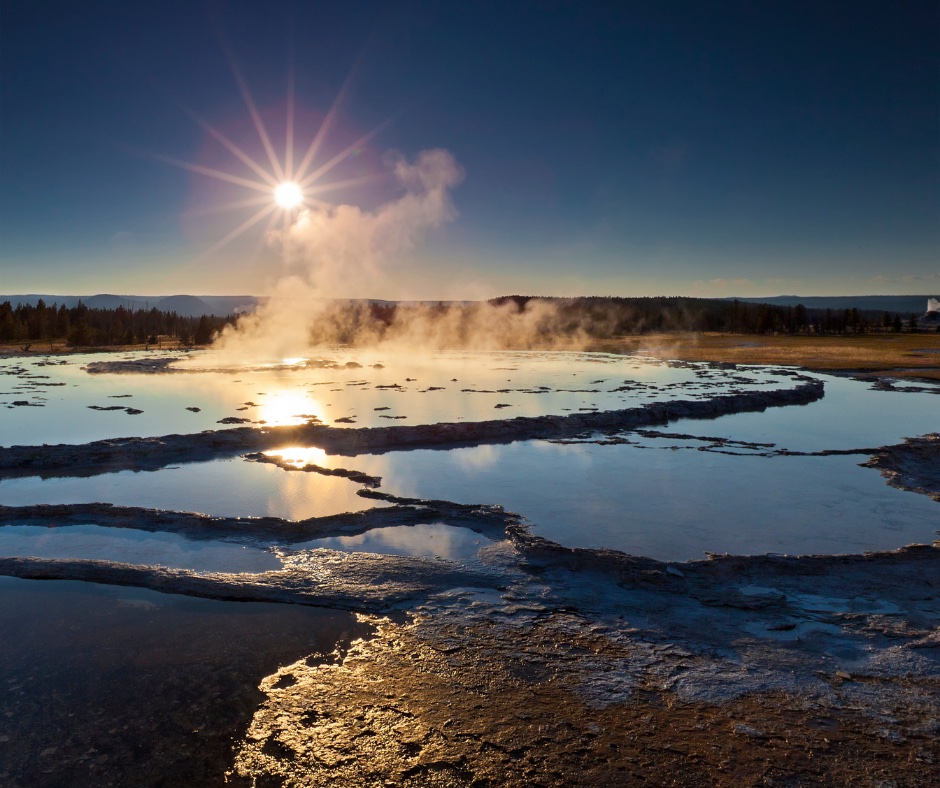
The Geysir Geothermal Area
Tucked away in the Haukadalur Valley in south Iceland, along the Golden Circle, you will find the Geysir geothermal area. This hot-spring paradise is home to fumaroles, mud pots, and geysers. It is located about 40 miles from Thingvellir. Of course, you don’t have to wait until you get to Geysir to see some action. The scenic drive is full steaming vents and chimneys. These are a wonderful introduction before the big show.
Geysir (commonly referred to as The Great Geysir) is the first geyser ever recorded in print. In fact, the English word “geyser” (with an “e”) is derived from the name Geysir (with an “i”). The valley was first described in 1294 when an earthquake resulted in the formation of several geysers in the area.
When it was active, Geysir could spout boiling hot water an amazing 230 feet high and the image became the symbol of Iceland. But nature is fickle and Geysir became less and less reliable. Therefore man, in his infinite wisdom, decided to intervene with lowering water tables and adding soap. These efforts had the now predictable result of further limiting Geysir’s activity long-term.
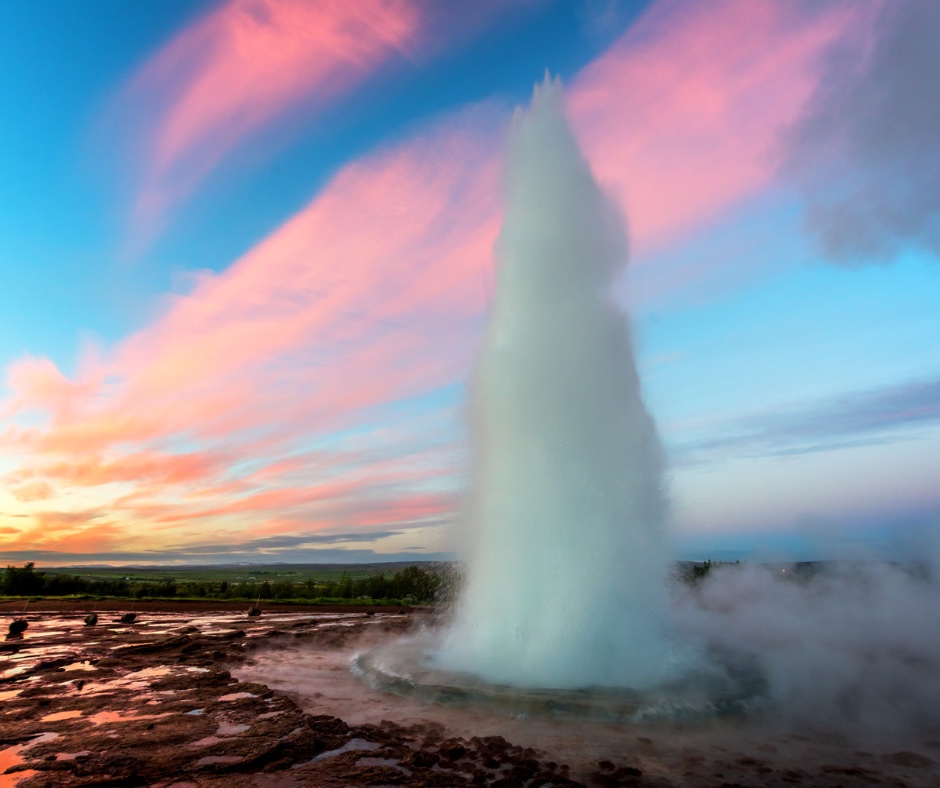
The Big Show
Geysir is currently dormant but nearby Strokkur erupts about every 5-10 minutes. Strokkur sends its boiling water about 98 feet into the air with great reliability. It is even known to reach over 130 feet! A visit to Strokkur is a definite must-do when you travel the Golden Circle in Iceland.
Lest you believe Geysir and Strokkur have a monopoly on hot water works, think again! There are an estimated 20-30 active geysers in Iceland including the nearby Smidur and Litli-Strokkur. Check out a few while you are there!
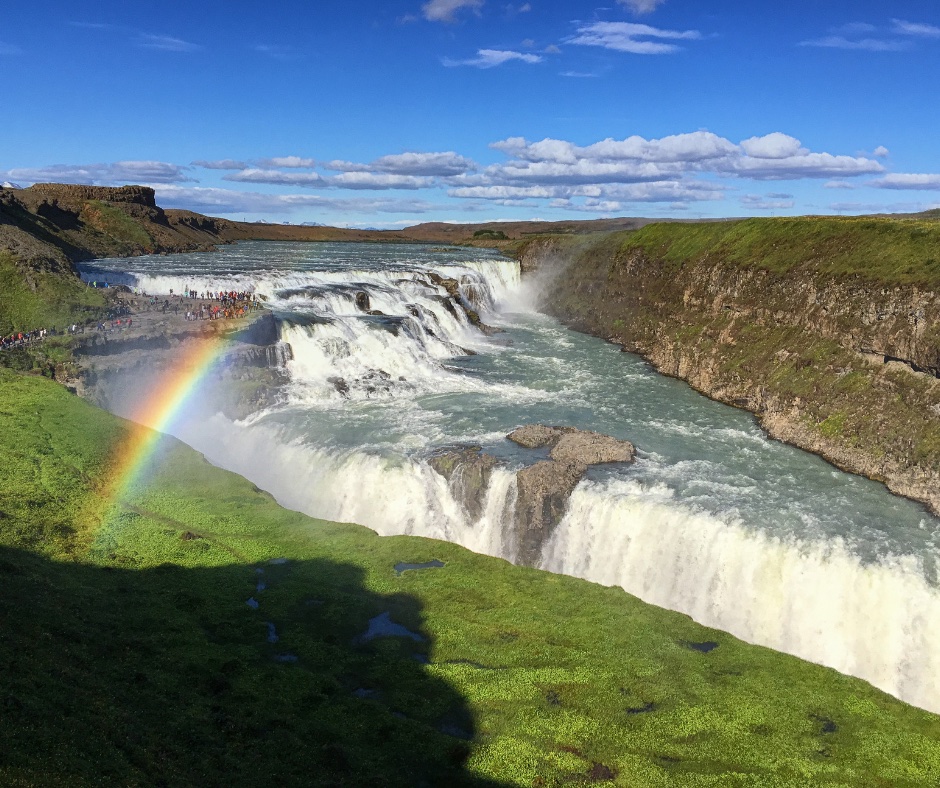
Gullfoss Waterfall
The mighty Gullfoss, is both beautiful and powerful. Gullfoss directly translates to “Golden Falls” and is the landmark that provides the Golden Circle of Iceland its name. These tremendous falls send water plummeting 105 feet. In summer, it can send over 4,900 cubic feet of water plunging down every second.
For a truly impressive experience, walk near the falls and see the water cascade over two rocky tiers into the gorge below. You can easily get right up to the edge and you will almost always find a rainbow crowning the beauty of the falls in the summer.
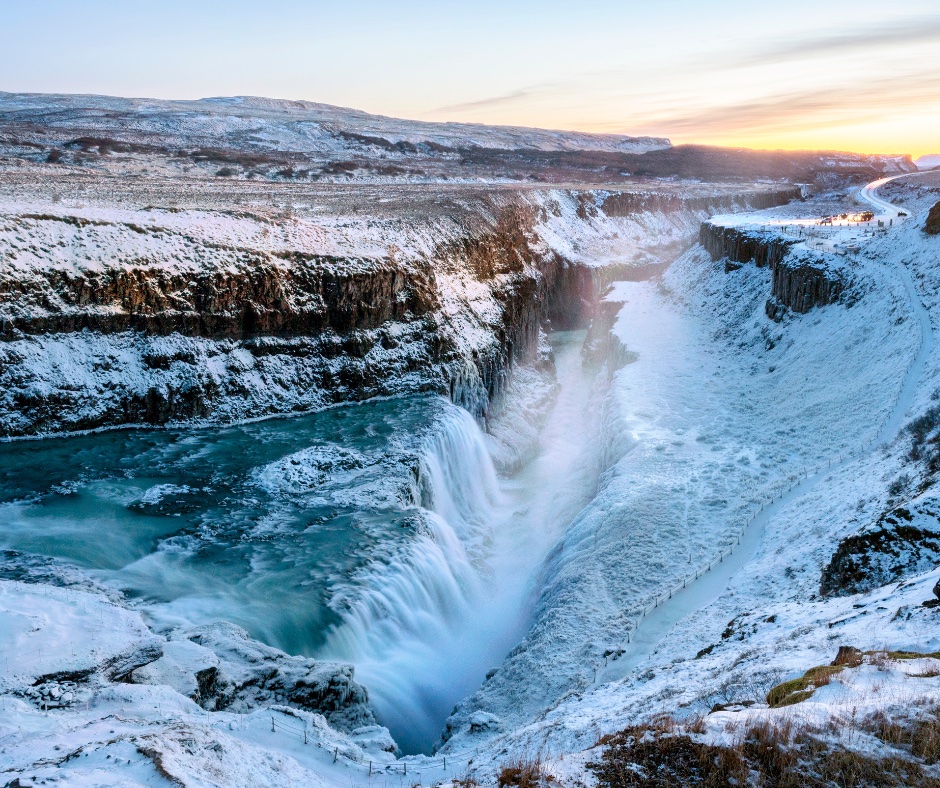
Gullfoss is equally majestic in winter when it is surrounded by ice. Be sure to dress warmly as the winds coming off the nearby Langjokull glacier, combined with the mist of the waterfall, are icy cold. But it is worth the effort to see this frozen wander carrying chunks of ice into the void below.
Be sure to look for the memorial to Sigridur Tomasdottir when you are there. She was the daughter of the adjacent landowner. She helped save the falls from developers who, in the early 20th century, wanted to create hydroelectric power from them. As a result, she is known as Iceland’s first environmentalist.

Golden Circle Detours
There are several wonderful detours you can take when driving along Iceland’s Golden Circle:
- Visit the Kerid Crater with its red slopes leading to a stunning azure crater lake at its center.
- Have lunch at the Fridheimer Tomato and Horse Farm. For am immersive experience, you can dine among the tomato plants and then tour the greenhouse and stables.
- Langjokull Glacier, right by the Gullfoss Waterfall, is a good place to go snowmobiling.
- Take a dip in one of the many geothermal pools along the way including Gamla Laugin, Fontana, or the Blue Lagoon.
- Check out the beauty of the Hengifoss and Thorufoss Waterfalls
- For a little history, visit the town of Skalholt. This was the seat of Iceland’s bishop from 1056 until the 19th century.
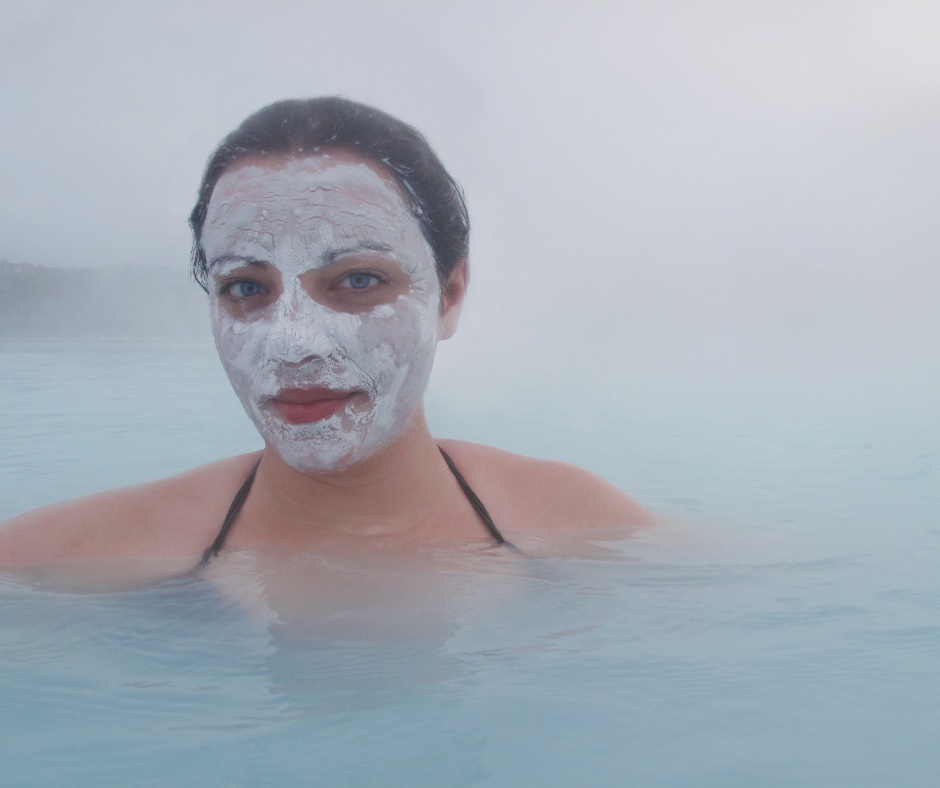
The Blue Lagoon
You can’t drive the Iceland Golden Circle without taking time to dip in one of the many geothermal pools along the way. The Blue Lagoon is most definitely Iceland’s most famous spa. Visitors travel to Iceland specifically to soak in the warm soothing waters and to cover themselves in silica mud. The Blue Lagoon is shockingly only a 10-minute drive from the airport. In fact, if you happen to have a long layover in Iceland, you can experience the soothing water and healing silica mud and still make your connecting flight.
The Blue Lagoon has faced off and on closures over the past year. When the Extravelgance crew visited in 2023 we enjoyed several trembles. The staff assured us they were just minor earthquakes from a nearby volcano that was starting to wake up. A couple days later the Lagoon had to close as oozing lava threatened the nearby area and the geothermal pool was really heating up.
There have been several eruptions since and you can even see lava spouting from the capital in Reykjavik at times. But the Blue Lagoon closes and reopens as things literally heat up and cool down! Fortunately, there are several pther notable pools nearby including Gamla Laugin, or the Secret Lagoon, and Fontana.
What stops do you want to make along the Golden Circle in Iceland?
Plan your trip!Tell us what you think below in the comments. You can also contact us and follow us on Facebook, Instagram and Pinterest so you never miss a post!


